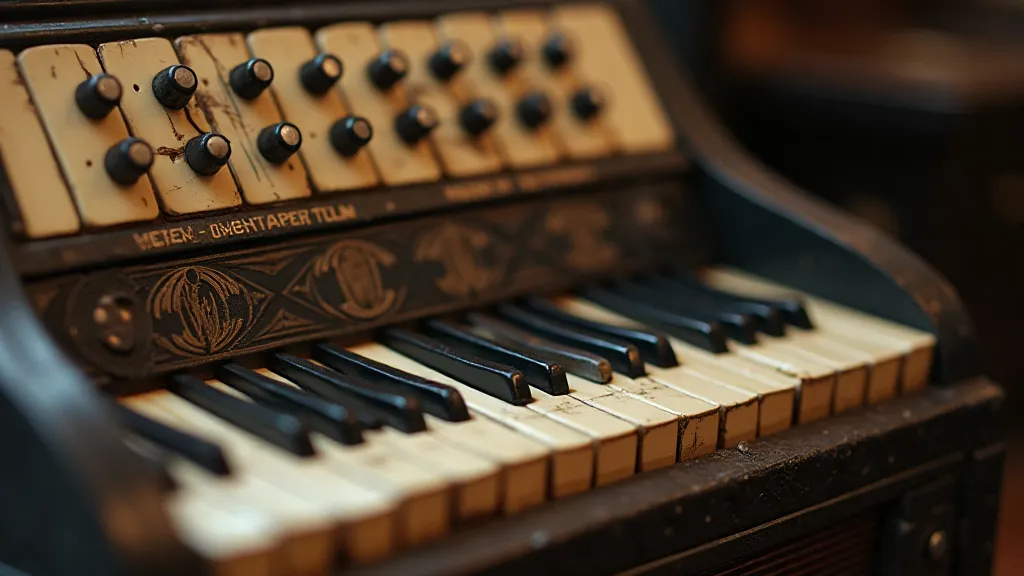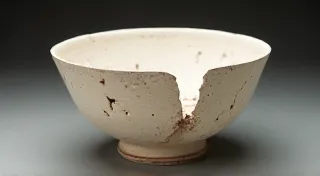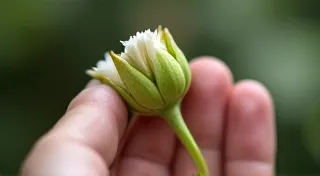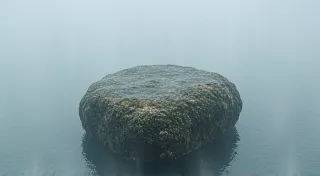Rust's Requiem: The Alchemy of Iron and Cloth
There's a peculiar romance to decay. Not the jarring, sterile decay of a neglected building, but a slow, poetic unraveling – the kind witnessed in an antique accordion, its bellows sighing with the echoes of forgotten melodies, or in the subtle hues coaxed from cloth by the patient hand of iron. My fascination lies with that second kind of decline, with the alchemy of rust dyeing, a technique steeped in history, unpredictability, and a profound acceptance of the ephemeral nature of beauty. It's a dance between intention and surrender, a conversation between the artist and the elements.
My own journey with rust dyeing began with a frustration. Years ago, I was searching for a deeper connection to textile art, something beyond the vibrant, predictable world of synthetic dyes. I yearned for a process that felt rooted in the earth, a technique that honored the resources and history of textile production. That's when I stumbled upon the documentation of historical iron mordanting and rust dyeing – a process seemingly as simple as leaving scraps of fabric in contact with rusty metal, yet possessing a complexity that continues to astound me.
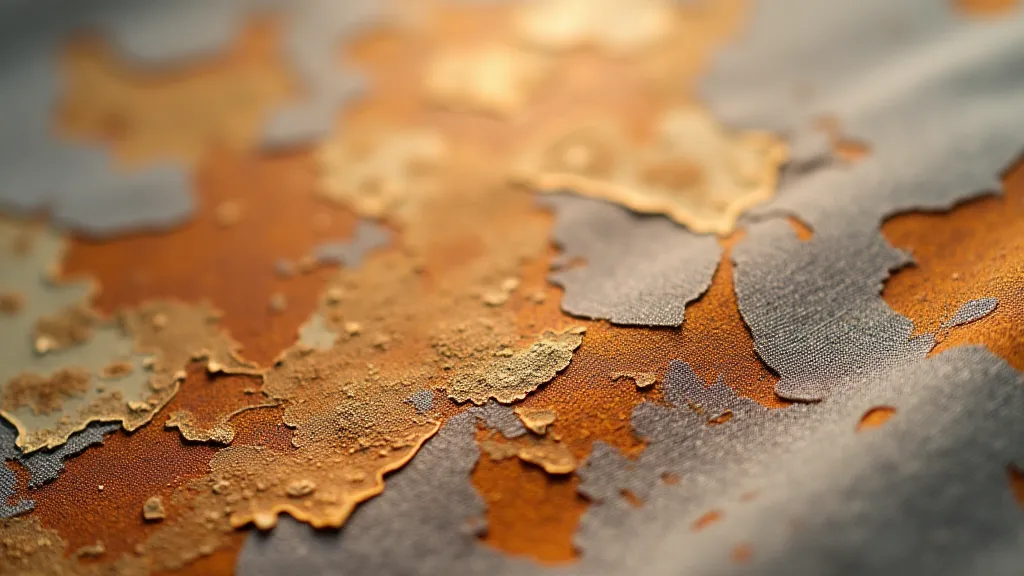
The Historical Tapestry of Iron and Cloth
The use of iron in textile dyeing is ancient. Before the advent of synthetic dyes, iron mordants – compounds that help dyes bind to fabric – were essential for achieving colourfastness. Iron salts, extracted from iron ore, acted as a bridge, allowing natural dyes to permanently adhere to the fibers. Think of the deep, enduring browns and blacks found in historical tapestries and traditional clothing – iron was often the silent partner in their creation. Evidence suggests that Roman artisans, medieval monks, and countless generations of weavers worldwide utilized iron mordanting to fix natural dyes from plants like madder, weld, and logwood. It wasn’ts just about achieving a color; it was about ensuring its longevity, a critical element for garments and textiles meant to last.
Initially, the focus wasn't primarily on the rust itself as the colourant, but rather on the mordanting process. However, as experimentation continued, artisans noticed the beautiful hues that formed when cloth remained in prolonged contact with iron. The rust, in its own right, began to be recognized as a dye, an unexpected gift from the interaction between metal and fiber. The understanding of how natural compounds interact to create stable pigments is fascinating, not unlike the secrets revealed by studying the language of bark and its role in tannins, demonstrating nature's own palette.
The Alchemy of Impermanence
The beauty of rust dyeing lies not just in the colours produced, but in the inherent unpredictability of the process. Unlike many other dyeing techniques where a certain colour can be accurately reproduced with precise measurements and controls, rust dyeing embraces the chaos. The final hue is influenced by a dizzying array of factors: the type of metal used (steel wool, nails, scrap iron, even old tools), the composition of the water, the length of contact time, the fabric itself – cotton, linen, wool, each reacting differently. Even subtle variations in temperature or humidity can significantly alter the outcome. The process isn’t about control; it's about facilitating a conversation, listening to the cloth and the metal, and observing what emerges.
I recall one particularly memorable experiment. I’d meticulously prepared a piece of cotton, using steel wool steeped in vinegar to accelerate rusting. I expected a rich, warm brown. What I got was a tapestry of muted oranges, dusty rose, and patches of soft grey – a colour palette far more nuanced and evocative than I could have ever imagined. It wasn’t what I planned, but it was undeniably beautiful, a testament to the artistry of imperfection.
That experience taught me a crucial lesson: in embracing the unforeseen, we open ourselves up to a richer appreciation of beauty. The imperfections, the irregularities, the subtle variations – these are not flaws; they are the hallmarks of a handmade process, the visible record of a unique interaction between artist, material, and time. The process of understanding these reactions, from metal to cloth, can be deeply complex, and the consideration of how color influences perception is a worthwhile pursuit, similar to exploring the weight of color itself.
The Craftsman’s Touch: Observation and Patience
Working with rust requires a unique blend of scientific understanding and artistic intuition. It’s helpful to understand the basic chemistry involved – the oxidation of iron and the formation of ferric oxide, the pigment we perceive as rust. Knowing that the pH of the water will impact the process is important. However, theory only gets you so far. The true mastery comes from careful observation and a willingness to experiment.
For those interested in exploring this technique, start small. Gather a collection of rusty materials – old nails, scraps of metal, even a discarded bicycle chain. Experiment with different fabrics. Keep meticulous notes – record the materials used, the process followed, and the resulting colour. Don’t be afraid to fail. Each "failed" experiment provides valuable insight into the complex interplay of factors at play.
Consider the aging process of antique accordions. The ivory keys yellow with time, the leather bellows crack and soften, the metal trim tarnishes. These are not signs of degradation; they are the marks of history, the evidence of countless melodies played and stories shared. Similarly, the subtle imperfections in a piece of rust-dyed cloth tell a story – a story of patience, experimentation, and a deep connection to the natural world. The feel and texture of natural fibers are often paramount, and the process of softening them, much like mullein's embrace, exemplifies a focused approach. This echoes the thoughtful handling involved in mullein’s embrace, demonstrating a commitment to respecting the material.
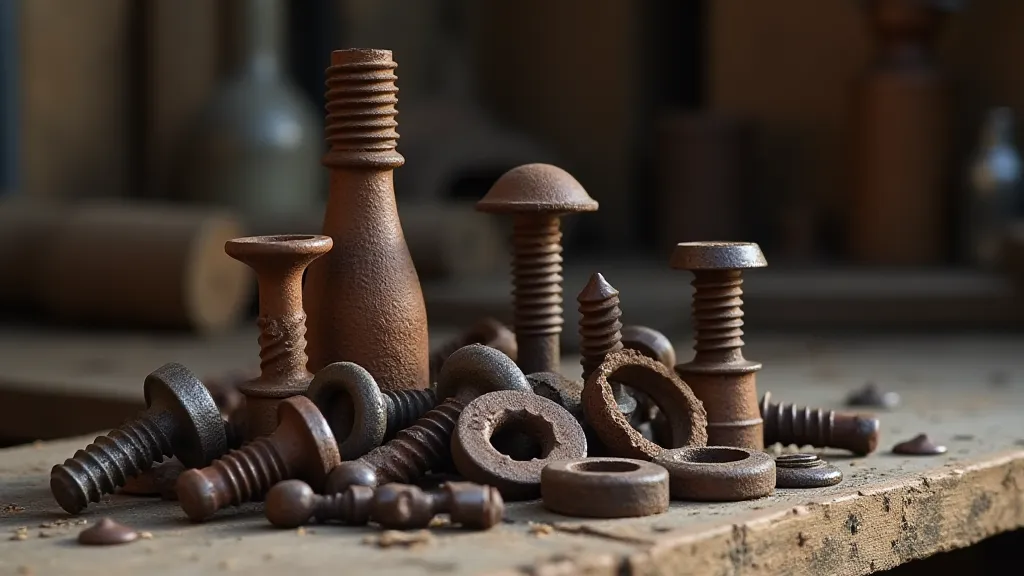
Restoration and Collection: A Deeper Appreciation
The techniques explored in rust dyeing find echoes in the restoration and collection of antique objects, particularly those crafted from metal and cloth. Understanding the historical context of these techniques – the mordanting processes used to preserve colours, the methods used to protect fabrics from degradation – allows us to appreciate the skill and ingenuity of past generations. It also informs our approach to preservation, guiding us towards methods that honor the object's history and integrity.
Collecting antique accordions, for instance, is not simply about acquiring a musical instrument; it's about acquiring a piece of history. Each accordion carries the weight of countless performances, the echoes of forgotten melodies. Recognizing the artistry involved in its construction, the natural materials used, and the inevitable passage of time fosters a deeper appreciation for its intrinsic value. This echoes the idea that even seemingly simple acts can impart a profound sense of beauty and connection, much like weaving saffron threads into fabric, capturing the essence of sunlight itself.
Embracing the Ephemeral
Rust dyeing is a reminder that beauty is often fleeting, that even the most carefully crafted objects are subject to the relentless forces of time. The rust itself will eventually fade, the colours will soften, the fabric will degrade. But in accepting this impermanence, we find a profound sense of peace – a recognition that the true value lies not in the object’s longevity, but in the moment of creation, in the beauty of the present. It's a testament to the transient nature of existence, a poetic requiem for a process that finds beauty in decline – a philosophy echoed in the sigh of an old accordion and the subtle hues of a rust-dyed cloth. The beauty of a carefully crafted object truly lies not in its permanence but in the moment of creation.
